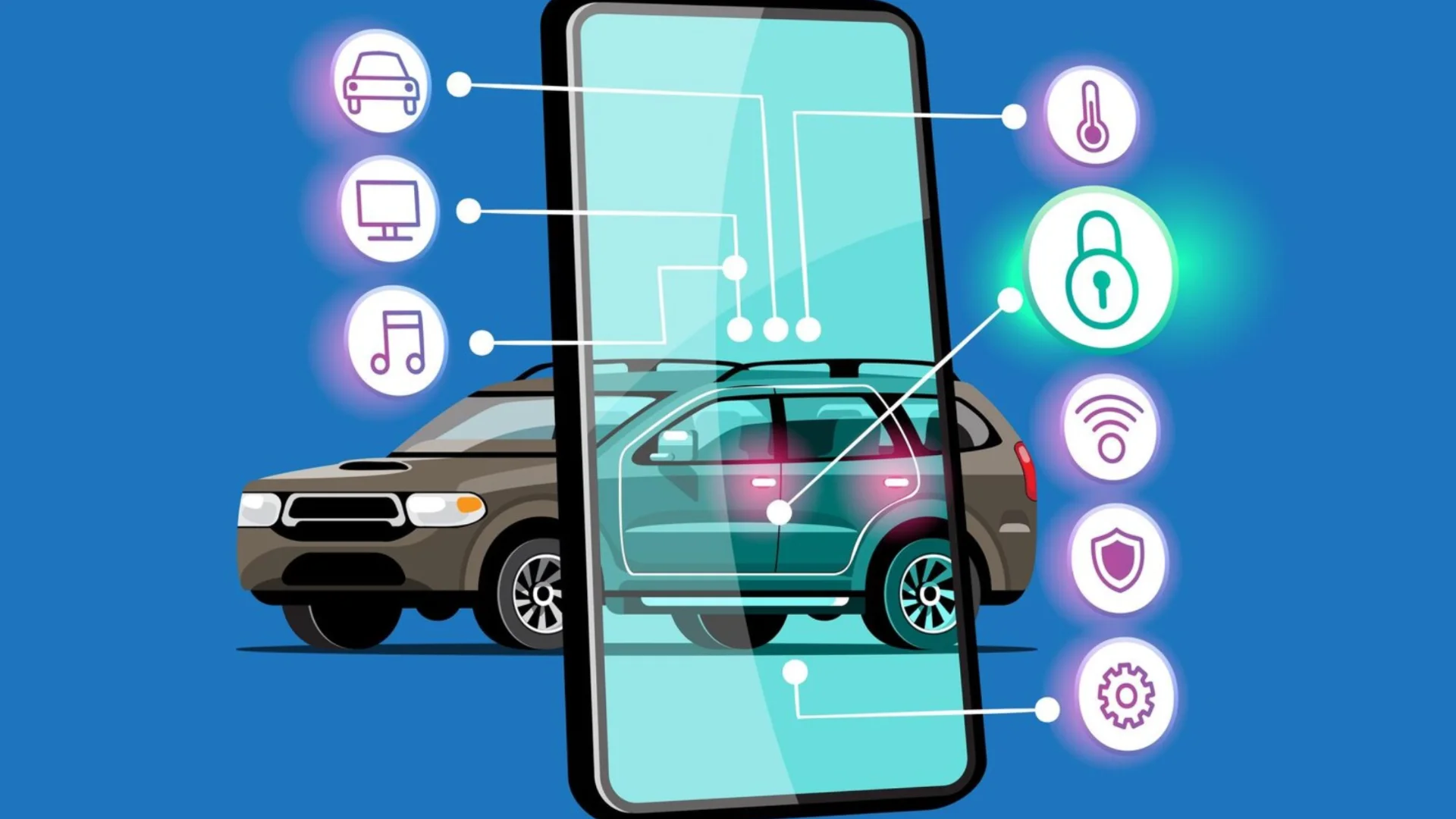
Dealer Workflow Revolution: How AI Cuts Photo Editing Time
Table of Contents
When Speed Quietly Became the New Currency in Car Sales
The automotive retail world has always moved fast, but the last few years have reshaped the definition of speed itself. Today, a dealership’s success increasingly depends on how quickly a newly arrived car can go from the lot to a polished online listing. Sales teams who were once focused primarily on in-person negotiations now find their days shaped by digital visibility, response times, and the silent power of photo quality. It’s an industry where the first impression happens before a buyer even steps foot in the showroom and that first impression is almost always visual.
The Hidden Time Sink That Slowed Dealers for Decades
For as long as dealerships have listed cars online, one challenge has consistently held them back: photo editing. It’s a task that seems simple from the outside, yet anyone who has actually worked in a dealership understands how draining, repetitive, and time-consuming it truly is. Cars reflect everything around them. Shadows never fall the same way twice. Backgrounds change from one vehicle to the next. And even with a skilled photographer, every batch of photos still requires careful manual editing to correct color, balance lighting, remove distractions, and fix reflections.
Those edits take time sometimes hours for a single car. Multiply that by dozens or hundreds of vehicles, and the cumulative delay becomes impossible to ignore. Cars sit unlisted. Online exposure decreases. Potential buyers browse competitor listings instead. The bottleneck grows quietly, almost invisibly, until the dealership’s digital pipeline slows down altogether.
How AI Began to Rewrite the Rules of Automotive Photography

Artificial Intelligence entered this workflow not as a shiny experiment but as a practical response to a longstanding problem. With AI-driven imaging tools, the tasks that once required skilled editors background removal, lighting adjustments, shadow correction, and color enhancement became nearly instantaneous. A raw batch of photos that previously demanded an afternoon of retouching could now be polished within minutes.
Solutions like Car Studio AI accelerated this shift dramatically, automating every step that used to steal time away from sales teams. What was once a slow, clogged process suddenly became fluid and predictable, opening up daylight for staff to focus on actual selling instead of photo management. This isn’t simply a technological upgrade; it’s a fundamental workflow transformation.
In fact, discussions around time-saving tools for car dealers highlight exactly this movement—from manual, rigid processes to an optimized, AI-assisted flow that frees dealerships from the constraints of traditional editing.
Why Better Photos Don’t Just Look Good
One of the more astonishing insights emerging from modern dealer analytics is how emotionally driven buyer behavior actually is. People do not simply evaluate cars logically; they respond emotionally to how the car looks in the very first image. A well-lit, professionally presented vehicle creates a sense of trust, quality, and desirability. A poorly illuminated, inconsistently edited, or cluttered photo creates hesitation long before the shopper reaches the price section.
This emotional component of car photography is not abstract theory. It has been explored at length in discussions about how emotionally enhanced AI car photos influence buying decisions. These insights show that lighting, background style, and tonal consistency can nudge a viewer toward feeling comfort, ambition, confidence, or even prestige all emotions that directly shape their buying behavior.
Dealerships often remark that once they adopt AI-enhanced imagery, their listings simply “look more expensive.” And the remarkable thing is: buyers feel it too.
Consistency: The Quiet Branding Tool That Most Dealers Underestimate
When inventory grows, maintaining visual consistency becomes nearly impossible without automation. Different lighting conditions, different photographers, different times of day these variables quickly lead to a scattered set of photos that lack cohesion. AI solves this by giving every vehicle the same lighting mood, the same background polish, and the same professional clarity.
This kind of consistency creates something subtle yet powerful: brand identity. Buyers begin to recognize not just the cars but the dealership itself through the visuals. This is a point that becomes especially clear in explorations of emotionally tuned AI photos, which show how a unified style builds trust and helps customers feel like they’re browsing a reliable, well-organized business rather than a chaotic used-car lot.

How Real Dealerships Have Already Reinvented Their Workflow
Stories from dealerships adopting AI-powered editing reveal a similar pattern: time saved, listings accelerated, and online engagement boosted.
In one mid-sized dealership, the photo turnaround time dropped by half, resulting in a dramatic increase in online interactions and a measurable lift in monthly sales. Another smaller dealership one without any dedicated editing staff found itself suddenly competing with much larger players thanks to clean, polished, AI-enhanced visuals that made their cars appear more premium than ever before.
Both examples show the same truth: speed and quality aren’t separate goals anymore. With AI, they reinforce one another.
Why This Shift Is Bigger Than Just Technology
The integration of AI in car photography is not a passing trend. It’s a structural change to how dealerships operate. It frees staff from repetitive digital tasks. It strengthens brand presence without requiring a marketing team. It allows inventory to scale without sacrificing quality. And it helps dealers connect with buyers on an emotional level something once reserved for luxury-brand studios.
Whether it’s automating background cleanup, generating clean showroom-like appearances, or creating polished 360-degree views, AI has become the bridge between operational efficiency and emotional persuasion.
The New Reality of Online Car Listings
In today’s market, a vehicle photo has the power to spark interest, inspire trust, or lose a sale before the description even loads. AI helps dealerships ensure they never miss that moment. When every car is presented with the clarity and emotional tone of a professional studio, customers don’t just see the car they feel something about it. And that feeling is what drives inquiries, appointments, and ultimately, conversions.
The evolution is clear: dealerships that embrace this new photography workflow move faster, appear more professional, and create stronger emotional connections with buyers. Those who cling to manual editing simply cannot match the speed or consistency that AI now makes effortless.
A Final Thought on the Future of Automotive Visuals

Photo editing used to be a necessary burden, a time-consuming chore that slowed down even the most ambitious sales teams. Today, it is one of the easiest places for a dealership to gain a competitive edge. By letting AI handle the technical work, dealers unlock a new kind of freedom one where listings go live quickly, visuals remain consistent, and customers engage more deeply.
In the world of online car sales, images aren’t just assets. They’re signals of professionalism, emotion, and trust. A great photo can attract a lead. A consistent set of great photos can build a brand. And AI is the quiet engine making that possible for dealerships of every size.
FAQ: Understanding AI in Automotive Photography
What exactly does AI do in car photo editing?
Artificial Intelligence transforms the entire editing process by taking over the tasks that traditionally required a skilled human editor. Instead of manually removing backgrounds, adjusting harsh lighting, correcting reflections, or balancing color tones, AI handles these steps instantly and with impressive precision. Modern AI systems recognize the car's shape, isolate it cleanly, and rebuild the surrounding environment with studio-like lighting and textures. They can also generate consistent shadows, clean reflections, sharpen key visual details, and create fully interactive 360-degree views without the dealership investing in special photography setups. In other words, AI elevates raw, imperfect photos into polished, showroom-quality visuals that look as if they were taken in a professional studio even if they were shot outdoors on a cloudy day. This not only improves aesthetics but ensures consistency across an entire inventory.
How much time can AI save in photo editing?
AI dramatically reduces editing time by automating work that previously demanded long, repetitive hours from photographers or editors. A task that could take a human 30 to 90 minutes such as cleaning the background, fixing exposure, or retouching multiple angles can now be completed in minutes or even seconds. For dealerships handling dozens or hundreds of vehicles each month, the cumulative impact is massive. Instead of waiting for edits, listings can be pushed live almost immediately, ensuring vehicles reach online buyers faster. Many dealerships report a 50% time reduction in the first week of using AI tools, and some even achieve much higher savings once they streamline their workflow. Faster editing means faster listings, more visibility, and ultimately, faster sales cycles.
Is AI difficult to integrate into existing systems?
Most modern AI solutions for automotive photography are designed with simplicity and compatibility in mind, making integration surprisingly smooth. Dealers do not need technical expertise or complicated setups to get started. These tools typically connect easily to existing Dealer Management Systems (DMS), inventory platforms, or online marketplaces. Uploading photos is straightforward, and edited images can be automatically synced back into the dealer's workflow without disrupting day-to-day operations. Many AI platforms even offer API integrations that allow dealerships to incorporate automation directly into their current infrastructure. The result is a seamless transition where AI enhances the existing process rather than replacing or complicating it. For most teams, adoption feels more like “plug-and-play” than a major operational change.
Can AI replace professional photographers?
AI is not meant to replace the creative eye or technical awareness of a professional photographer. Instead, it removes the most time-consuming and repetitive parts of their job freeing them to focus on capturing well-composed, properly angled shots. Photographers still play an essential role in framing the vehicle, choosing the right timing, and ensuring details like interior features, wheels, and badges are properly represented. AI cannot physically walk around a car, adjust the angle, or decide which features matter most to highlight. What AI can do is elevate the photographer’s work by enhancing lighting, improving clarity, and ensuring consistency across all images. In practice, AI and photographers work best as partners: the photographer captures the car; AI transforms the raw image into its optimal presentation.
What are the costs associated with adopting AI in photo editing?
The cost of adopting AI varies depending on the platform, usage volume, and feature set, but the financial return is often substantial and immediate. While there may be an upfront subscription or credit-based pricing model, AI eliminates or significantly reduces the need for manual editing labor saving hours each week. These saved hours translate directly into operational efficiency and faster time-to-market for vehicles. Cars listed sooner tend to sell sooner, improving cash flow and reducing inventory aging. Additionally, higher-quality, studio-like images increase buyer engagement, generate more leads, and boost perceived vehicle value. Many dealerships find that the increased sales performance and reduced labor costs quickly offset the initial investment, making AI not just a technology upgrade but one of the most cost-effective improvements to their digital workflow.
